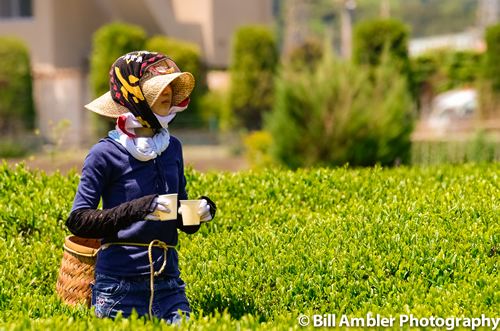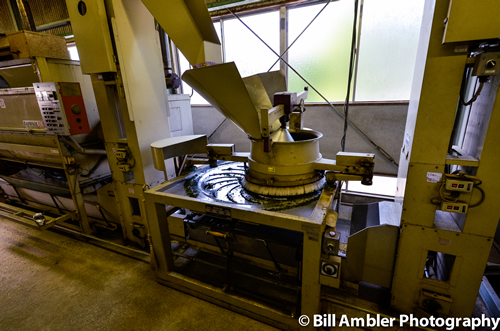Posted by TOKYO MATCHA SELECTION on 29th Mar 2017

Noted for its subtle aroma, distinctive flavour and possible health benefits, Japanese green tea (ocha) has been steadily growing in popularity with people around the world for many years. Naturally, it is an essential part of daily life in Japan, so foreign visitors will find green tea being served almost everywhere they go in Japan, and complimentary green tea bags provided in every hotel room here in Japan.
Leaf and Matcha
Most of the green tea drunk in Japan is in leaf form, either loose or in handy one-cup bags.
The typical squat Japanese tea pot, with its convenient side mounted handle, has a deep mesh inset which allows the tea to steep without the need for a strainer when pouring into cups.
However, this leaf tea may be ground into a fine powder known as matcha, and it is this matcha that is used when preparing ocha, green tea, for the traditional tea ceremony (ochakai).
In truth, few Japanese people ever participate in the tea ceremony surprisingly, though the philosophy behind it is appreciated by all. But as an example of traditional culture, it is something that many foreign visitors make a point of experiencing, especially at historic destinations like Kyoto and Nara in Kansai area.
But Matcha is also used as flavouring and colouring in food preparation. Home bakers have long appreciated matcha for flavouring simple sponge cakes and madeleines, as have the makers of traditional wagashi, the dainty sweets definitely served during the tea ceremony. Soft ice cream manufacturers usually offer matcha flavour among their products, and cookies, chocolate, dumplings (dango), soba noodles, candies and milky drinks like "Matcha Late" are just some of the other matcha flavoured products popular in modern Japan.
Growing Ocha is a Family Concern
Of course, appreciating the green tea flavour is one thing, whether in Japan or abroad, but how it is cultivated and harvested is another story. For many years, I have been making an annual trip to Yamanashi prefecture near Mt. Fuji to help with tea picking at one of TMS staff's wife's family small holding, and this has made me far more appreciative of the ocha I drink every day.
Japan's agriculture is largely undertaken on small farms like theirs, where just a few hectares of land will be divided between tea, rice and other crops. And because most of their offspring will have been lured to the big cities to study and work, it is usually the ageing parents who must do all the work on the land. For this reason, they rely on the wider family to help with the three tea harvests every year.
Harvesting Ocha is Hard Work

The three tea harvests come close together in April, June and August, so those helping to tend the plants and pick the leaves must protect themselves from blazing sunshine, wind, biting insects, and the callousing effect that pulling leaves can have on one's fingers. For this reason, tea pickers deck themselves out in long sleeves, work gloves, wide-brimmed hats and net veils.
It is hot work, and back-breaking and monotonous too, because keeping the low tea bushes clear of weeds and twigs is important as these can foul the mechanical harvester, delaying the harvest. Although much of the tea picking is done using a mechanical harvester, this is still a skilled operation and hot work under the scorching sun. But some tea picking has to be done by hand where the plantation is adjacent to trees or obstacles that the mechanical harvester cannot pass. It usually takes two to three days to harvest the small plantation in Yamanashi, with seven people working from sunrise to sunset.
The Harvest Brings its Own Rewards

Unlike the pan-fired green tea of China, Japanese green tea (ocha) is steamed, which gives it that distinctive leafy flavour we all love. In a few places, green tea is still produced using traditional methods, but a modern, automated plant can process a large quantity of tea more quickly and efficiently. In this way, our family harvest is taken to a processing plant owned and operated by the local farming cooperative, along with tea from other local growers, but some tea leafs are taken to a private kiln to steam separately for their own use.
Now we all relax with a celebratory meal together, satisfied in a job well done. Perhaps nothing exemplifies Japanese endeavour, and the spirit of cooperation and family, better than the green tea harvest, I believe.
This is pretty much the story of green tea all over Japan, so when you visit here, Japan, be sure to experience green tea and matcha, whether in the tea ceremony, simply having a cup in your hotel room, or buying and tasting matcha flavoured chocolates and cookies. And give a thought to the people who produce green tea, ocha every spring and summer in Japan, for theirs is truly a labour of love!